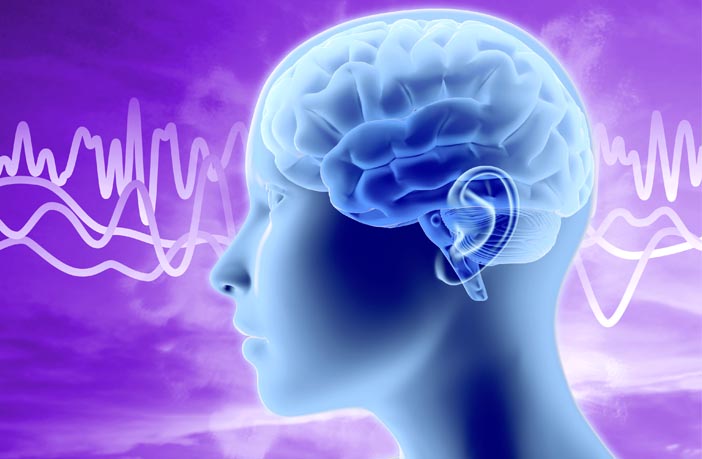Washington: Mastering a new skill causes new neural activity patterns to emerge in the brain, a study has found.
While it is understood that a healthy brain is capable of learning new skills – — whether a sport, an instrument, or a craft – how the brain changes in order to develop new behaviours is a relative mystery.
Researchers from the University of Pittsburgh and Carnegie Mellon University (CMU) in the US reveal what happens in the brain as learners progress from novice to expert.
The research — published in the journal PNAS — showed that new neural activity patterns emerge with long-term learning and established a causal link between these patterns and new behavioral abilities.
“We used a brain-computer interface (BCI), which creates a direct connection between our subject’s neural activity and the movement of a computer cursor,” said Emily Oby, postdoctoral associate from the University of Pittsburgh.
The study recorded the activity of around 90 neural units in the arm region of the primary motor cortex of Rhesus monkeys while they performed a task that required them to move the cursor to align with targets on the monitor.
To determine whether the monkeys would form new neural patterns as they learned, the research group encouraged the animals to attempt a new BCI skill and then compared those recordings to the pre-existing neural patterns.
“We first presented the monkey with what we call an ‘intuitive mapping’ from their neural activity to the cursor that worked with how their neurons naturally fire and which didn’t require any learning,” said Oby.
“We then induced learning by introducing a skill in the form of a novel mapping that required the subject to learn what neural patterns they need to produce in order to move the cursor,” she added.
Like learning most skills, the group’s BCI task took several sessions of practice and a bit of coaching along the way.
“We discovered that after a week, our subject was able to learn how to control the cursor,” said Aaron Batista, associate professor at University of Pittsburgh.
“This is striking because by construction, we knew from the outset that they did not have the neural activity patterns required to perform this skill,” Batista said.
“Sure enough, when we looked at the neural activity again after learning we saw that new patterns of neural activity had appeared, and these new patterns are what enabled the monkey to perform the task,” he added.
These findings suggest that the process for humans to master a new skill might also involve the generation of new neural activity patterns.
“We think that extended practice builds new synaptic connectivity that leads directly to the development of new patterns of activity that enable new abilities,” said Steven Chase, associate professor at CMU.
More precise knowledge of this underlying neural circuitry may eventually improve the quality of life for individuals who have suffered brain injury by enabling them to more easily relearn everyday tasks.
“We think this work applies to anybody who wants to learn — whether it be a paralysed individual learning to use a brain-computer interface or a stroke survivor who wants to regain normal motor function,” Chase said.
PTI
